The taro grown in this way looks attractive.
Taro is commonly known as taro, taro, paddy field and dry land can be cultivated, high and stable yield. The yield of taro per mu is generally about 3000 jin. It is more efficient than corn and wheat.
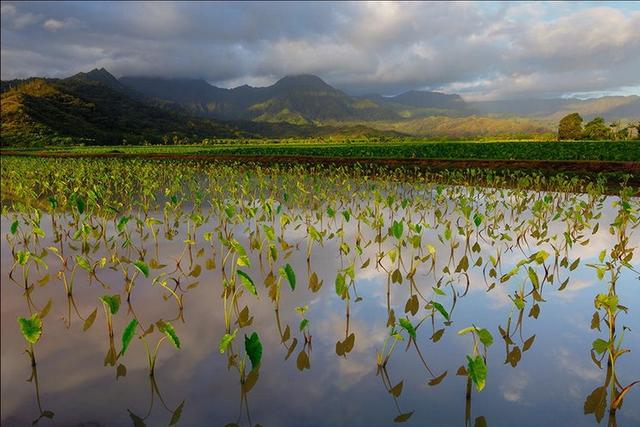
Taro
Planting water taro has high requirements for water and fertilizer. If it does not meet the planting requirements of water taro, the growth of taro will be weak in the process of growth, few corms will be harvested, and the yield will be low, so how to grow high-yield water taro? take a look at what the following experts say.
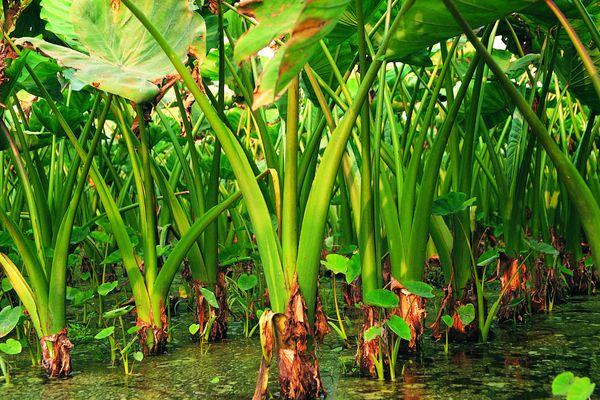
Taro
Water taro is generally cultivated in paddy fields and low-lying lands. Water taro grows in wet land, which requires fertile and soft soil to be cultivated in high beds.
Water taro head soil preparation, mu application of human feces and urine 1500-2000 kg as base fertilizer, rake flat into the soil to maintain a water layer of 10-20 cm deep. According to the row spacing of 40 cm, plant spacing of 26 cm, when planting the seed taro from a little distance to the planting point, do not bend the root system, the depth of human soil is 3 cm to 6 cm.
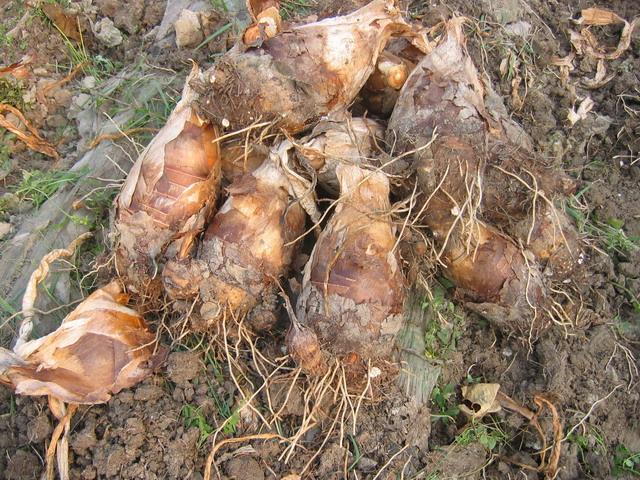
Taro
After planting the taro field for more than 10 days, the water was drained to roast the field, and the weeds were stepped into the soil to make the sun shine until the soil was cracked, so as to increase the soil temperature and promote rooting.

Taro
After roasting the field, apply manure once, apply 1000-1500kg of human feces per mu, irrigate 1520cm after application, after 1520cm, dry the field water, 1500 kg per mu of dung water, 13-16cm away from the plant, loosen the soil, culture to the base of the plant, 14cm high, keep 3cm irrigation after soil cultivation.

Taro
After 15-20 days, the third topdressing was applied after draining the field water, the dosage was the same as the second topdressing, and the second soil was about 33 cm high, and 14-16 cm was irrigated after soil cultivation. In addition to roasting, fertilization and soil cultivation to temporarily drain the field water, the taro field can not be cut off until the water is cut off in early September to keep the soil moist until harvest.
- Prev
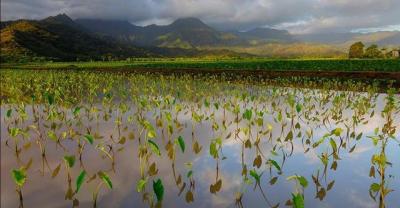
Vegetable farmers are rushing to harvest taro on the west bank of the Weihe River.
Xiangzhou Town, Zhucheng City, which is located on the west bank of Weihe River, has a tradition of growing vegetables all the year round. This is the taro that the vegetable farmers in the vegetable base are rushing to harvest. According to vegetables.
- Next
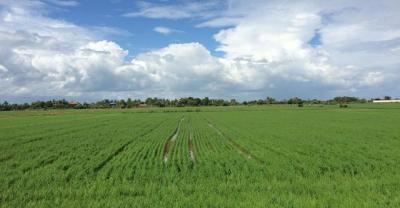
The rural uncle taught you to plant stars all over the sky.
Mantianxing, formerly known as: conical stone flower, alias: tapered carnation, tapered carnation, conical flower, Mantianxing, Caryophyllaceae, Caryophyllum.
Related
- Fuxing push coffee new agricultural production and marketing class: lack of small-scale processing plants
- Jujube rice field leisure farm deep ploughing Yilan for five years to create a space for organic food and play
- Nongyu Farm-A trial of organic papaya for brave women with advanced technology
- Four points for attention in the prevention and control of diseases and insect pests of edible fungi
- How to add nutrient solution to Edible Fungi
- Is there any good way to control edible fungus mites?
- Open Inoculation Technology of Edible Fungi
- Is there any clever way to use fertilizer for edible fungus in winter?
- What agents are used to kill the pathogens of edible fungi in the mushroom shed?
- Rapid drying of Edible Fungi

